Jens Happe
Single Server, Global Reach: Running a Worldwide Marketplace on Bare Metal in a Cloud-Dominated World
#1about 3 minutes
Scaling a global marketplace with a small team
Chrono24 serves nine million monthly active users with a product and tech team of 130 people by focusing on core engineering principles.
#2about 4 minutes
Why running on bare metal is cheaper than cloud
Cloud computing introduces significant costs and operational complexity, especially with microservices, which can make debugging distributed systems incredibly difficult.
#3about 6 minutes
Adopting guiding principles for simple and boring technology
Three core principles—Keep It Simple Stupid (KISS), using boring/proven technology, and deeply understanding your tools—help reduce complexity and improve system reliability.
#4about 10 minutes
How an in-memory caching layer enables massive scale
An ultra-fast in-memory caching layer using Data Access Objects (DAOs) and slices allows a single server to handle over 43,000 read requests per minute.
#5about 4 minutes
Using a hybrid approach with targeted cloud services
Cloud services are used strategically to solve specific problems, such as S3 for image storage, Lambdas for image processing, and AWS for machine learning tasks.
#6about 4 minutes
The trade-offs between cost, simplicity, and flexibility
A bare-metal monolith offers significant cost savings and operational simplicity but suffers from a lack of flexibility and creates a single point of failure during deployments.
#7about 10 minutes
Reframing the technical debt dilemma for continuous improvement
Technical debt is not a binary choice against feature development but an opportunity to improve the system's structure while adding new functionality.
#8about 8 minutes
Evolving a monolith using domain-driven design
The Strangler Fig pattern and Domain-Driven Design (DDD) are used to incrementally refactor the monolith into a modular system with clear boundaries and ownership.
#9about 2 minutes
Key takeaways for fighting complexity in large systems
Building a scalable system requires a constant fight against complexity through clear principles, a supportive culture, and automated architectural enforcement.
Related jobs
Jobs that call for the skills explored in this talk.
SENIOR BACKEND DEVELOPER JAVA FOCUS FRAMEWORK (M/W/D)
Wilken GmbH
Ulm, Germany
Remote
Senior
Java
Docker
+3
Backend Engineer - SAP Commerce Cloud (f/m/x)
Douglas GmbH
Düsseldorf, Germany
Intermediate
Senior
Java
Google Cloud Platform
Matching moments

00:05 MIN
Amazon's early monolith and database scaling challenges
Building Systems that Last

02:05 MIN
Challenges of modernizing and scaling monolithic frontends
Web-Fragments: incremental micro-frontends migration approach for enterprise

00:21 MIN
The challenge of a high-traffic monolithic system
How to Destroy a Monolith?
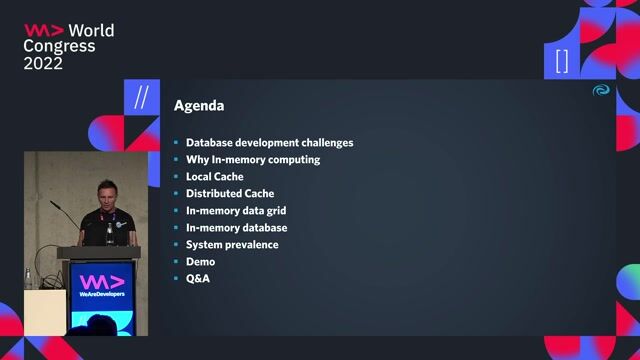
04:50 MIN
How cloud architecture evolved from monoliths to microservices
Build ultra-fast In-Memory Database Apps and Microservices with Java
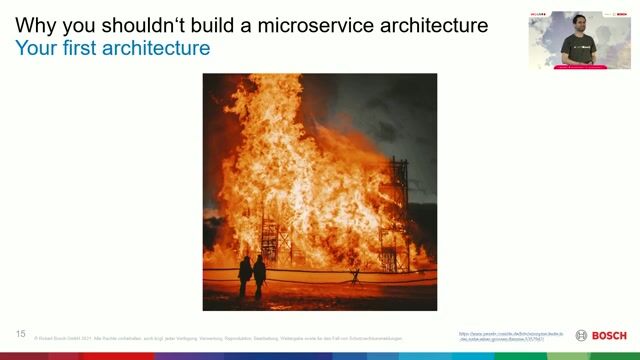
22:15 MIN
Q&A on monoliths, serverless, and specific use cases
Why you shouldn’t build a microservice architecture
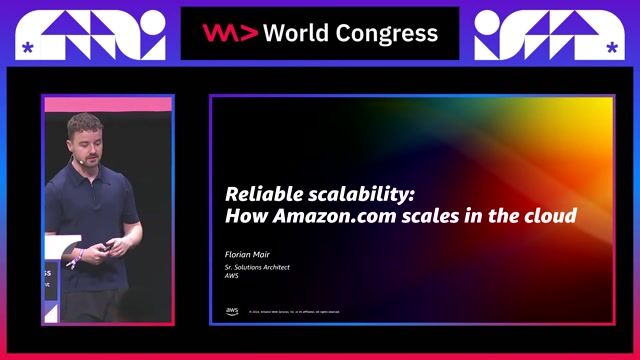
00:28 MIN
From a single monolith to a service-oriented architecture
Reliable scalability: How Amazon.com scales on AWS
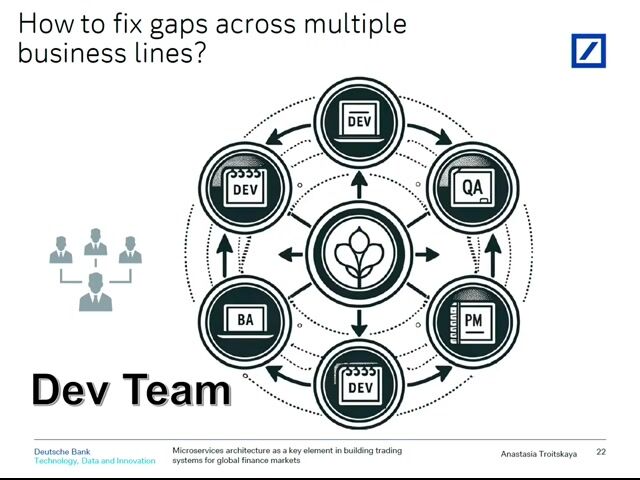
18:14 MIN
Summary of architecture for scalable trading platforms
Microservices architecture as a key element in building trading systems for global finance markets

00:03 MIN
Understanding the problems with a monolithic architecture
Security Challenges of Breaking A Monolith
Featured Partners
Related Videos
 59:03
59:03Multiple Ships to the Island - Micro Frontends & Island Architectures
Florian Rappl
 28:12
28:12Scaling: from 0 to 20 million users
Josip Stuhli
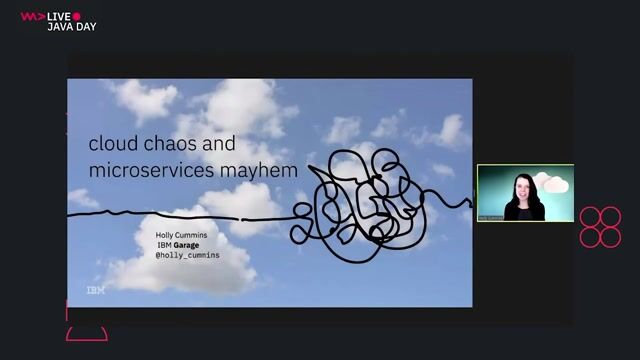 39:16
39:16Cloud Chaos and Microservices Mayhem
Holly Cummins
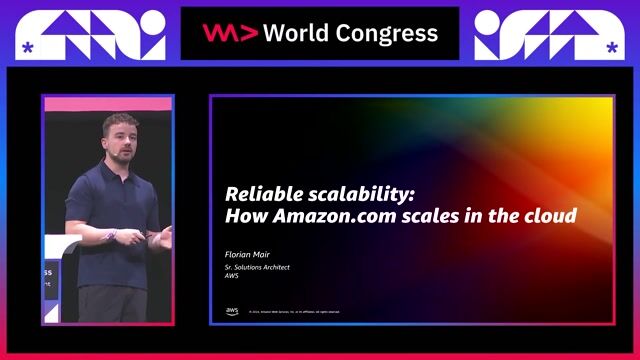 22:24
22:24Reliable scalability: How Amazon.com scales on AWS
Florian Mair
 56:49
56:49Write tests you love, not hate
Jens Happe
 43:13
43:13It’s all about the domain, honey ! Experiences from 15 years of Domain-Driven Design
Carola Lilienthal
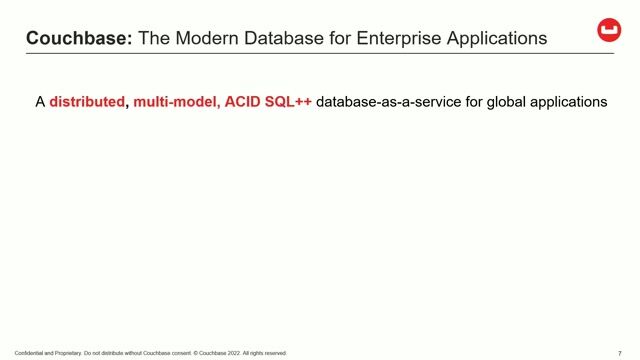 24:22
24:22Database Magic behind 40 Million operations/s
Jürgen Pilz
 57:38
57:38Are you done yet? Mastering long-running processes in modern architectures
Bernd Ruecker
Related Articles
View all articles
.gif?w=240&auto=compress,format)


From learning to earning
Jobs that call for the skills explored in this talk.


Tech Lead (m/f/d) - Berlin
Patronus Group
Berlin, Germany
Senior
Kotlin
Spring Boot
Amazon Web Services (AWS)

Backend Engineer (m/w/d)
fulfillmenttools
Köln, Germany
€35-65K
Intermediate
TypeScript
Agile Methodologies
Google Cloud Platform

Senior Backend Developer (m/f/d)
Laserhub GmbH
Stuttgart, Germany
Remote
€70-80K
Senior
MySQL
Docker
MongoDB
+2

Lead Full-Stack Engineer
Hubert Burda Media
München, Germany
€80-95K
Intermediate
Senior
React
Vue.js
Node.js
MongoDB
+1

Software Developer – Core API (f/m/d)
Dennemeyer Group
Hesperange, Luxembourg
Intermediate
Senior
.NET
Structured Query Language (SQL)

Senior Fullstack Engineer – Angular/.Net (f/m/d)
Apaleo
München, Germany
Remote
€65-85K
Senior
.NET
Angular
JavaScript
+1

DevOps Engineer – Kubernetes & Cloud (m/w/d)
epostbox epb GmbH
Berlin, Germany
Intermediate
Senior
DevOps
Kubernetes
Cloud (AWS/Google/Azure)

Full Stack Developer (all genders welcome)
ROSEN Technology and Research Center GmbH
Osnabrück, Germany
Senior
React
DevOps
Next.js
TypeScript
Cloud (AWS/Google/Azure)